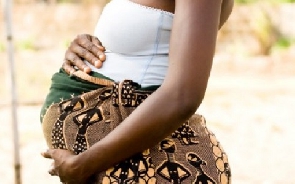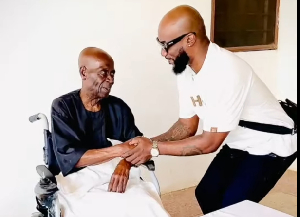Dr. Amma Benin, a Paediatrician at the International Maritime Hospital (IMaH) in Tema, has encouraged pregnant women to prioritise anomaly scan sessions, which are conducted to check the well-being of the unborn baby.
She said the anomaly scan is performed around the 20th week of pregnancy to detect possible defects in the baby the mother is carrying.
She mentioned that some health conditions identified during the physician’s analysis during the anomaly scan were spinal defects, cleft lip, clubfoot, body wall abnormalities, major urinary abnormalities, major heart defects, and many more.
Dr. Benin gave advice when treating the topic “Cultural practises that affect child health” at the weekly “Your Health! Our Collective Responsibility! A Ghana News Agency Tema Regional Office initiative aimed at promoting health-related communication and providing a platform for health information dissemination to influence personal health choices through improved health literacy
Dr Benin expressed worry that birth defects were a major cause of death among children globally, hence the need for mothers not to take it for granted: “The well-being of a baby is affected when you have a birth defect.”
She said during the scan, checks on the physical development of the foetus were done, and certain congenital disorders as well as major anatomical abnormalities were also identified.
She said intensive counselling was given to the parents of the unborn baby to prepare their minds for the coming of the baby and mentor them on how to care for it.
“For those who are above a certain age, if you’re concerned about having a child with Down syndrome or other anomalies, those can be detected in pregnancy through the anomaly scan,” she stated.
The Paediatrician cautioned against taking unprescribed medications during pregnancy, stressing that every pregnant woman must consult their gynaecologist and take only drugs prescribed by health officials.
The heart, brain, neck, spine, kidneys and bladder, arms and legs, hands, fingers, feet, toes, lips, chin, nose, eyes, face, chest and lungs, stomach, and intestines of the baby were checked.
Also, the umbilical cord for blood flow and where it attaches to the placenta are listened to, as is the heartbeat, as well as the foetus’s size for its gestational age, which was also checked during the anomaly scan.
Health News of Thursday, 29 June 2023
Source: GNA

















